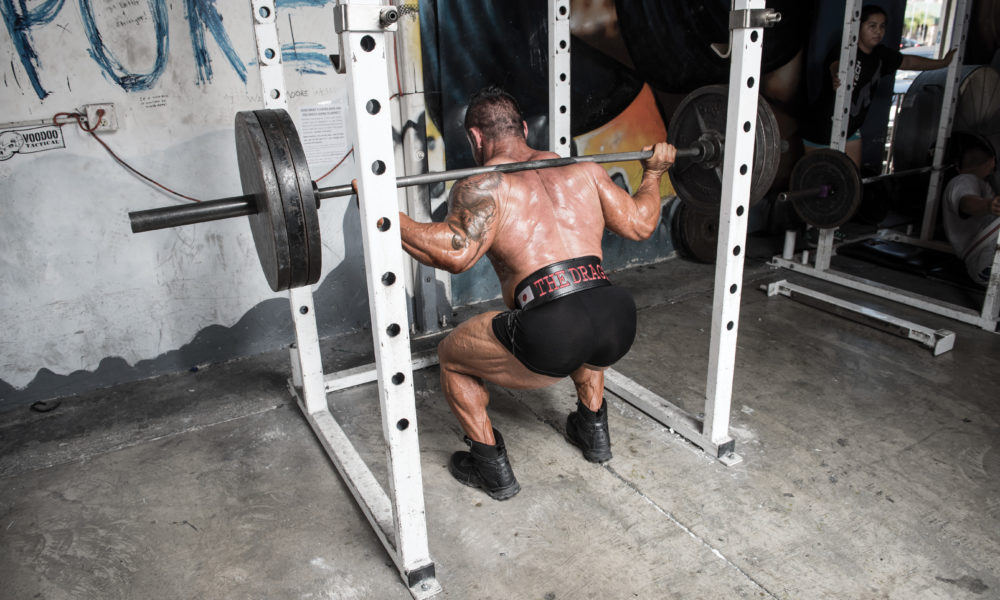

Which squat is the best one for you?
By Vince Del Monte
The majority of people train with minimal thought or reason. They are attempting to sail across the Atlantic Ocean in a rowboat without a compass. The first lesson I teach my students is to ask yourself this one question before each exercise, “What is the GOTE?”—goal of this exercise.
Until you answer this question, I cannot tell you whether you should do a front squat or back squat. Your exercises should always be modified and chosen based on what you want to get out of the exercise, never because some research study states “this exercise is the best” or what the latest guru is endorsing.
After determining the GOTE, we must ask, “What do I have available?” This is in reference to your ACROM—active and controllable range of motion. This is a fancy way of saying, “What range of motion do your muscles have available for contraction?”
This is why I’m not a fan of electromyography studies that tell you which muscles are recruited more than others. They make a ton of assumptions about your GOTE and ACROM.
Generally, we know that the front squats will bias the quadriceps and upper back. They require more upright posture, thus minimizing flexion in the lumbar spine and increasing core stabilization for a greater degree of potential spine flexion. The back squats have the potential to bias the gluteals and lumbar spine, and are less tedious when inducing higher training volumes.
Many believe the back squats to be more effective because you can introduce heavier loads, and heavier loads are supposed to be more effective at stimulating gains in size and strength. However, heavier loads always come with more load dispersion and injury potential, which is the reason you still see lots of young kids on YouTube squatting over 400 pounds but have chicken legs. Squats can be a tremendous leg builder if you actually know how to recruit your quads during the movement. Unfortunately, many guys go so heavy that the load gets dispersed everywhere but the quads to prevent the bar from folding the lifter into a paralyzing pretzel. So deciding on which squat you do also comes down to another critical factor: control.
If you can’t control it, you can’t challenge it, and if you can’t challenge it, you can’t grow it!
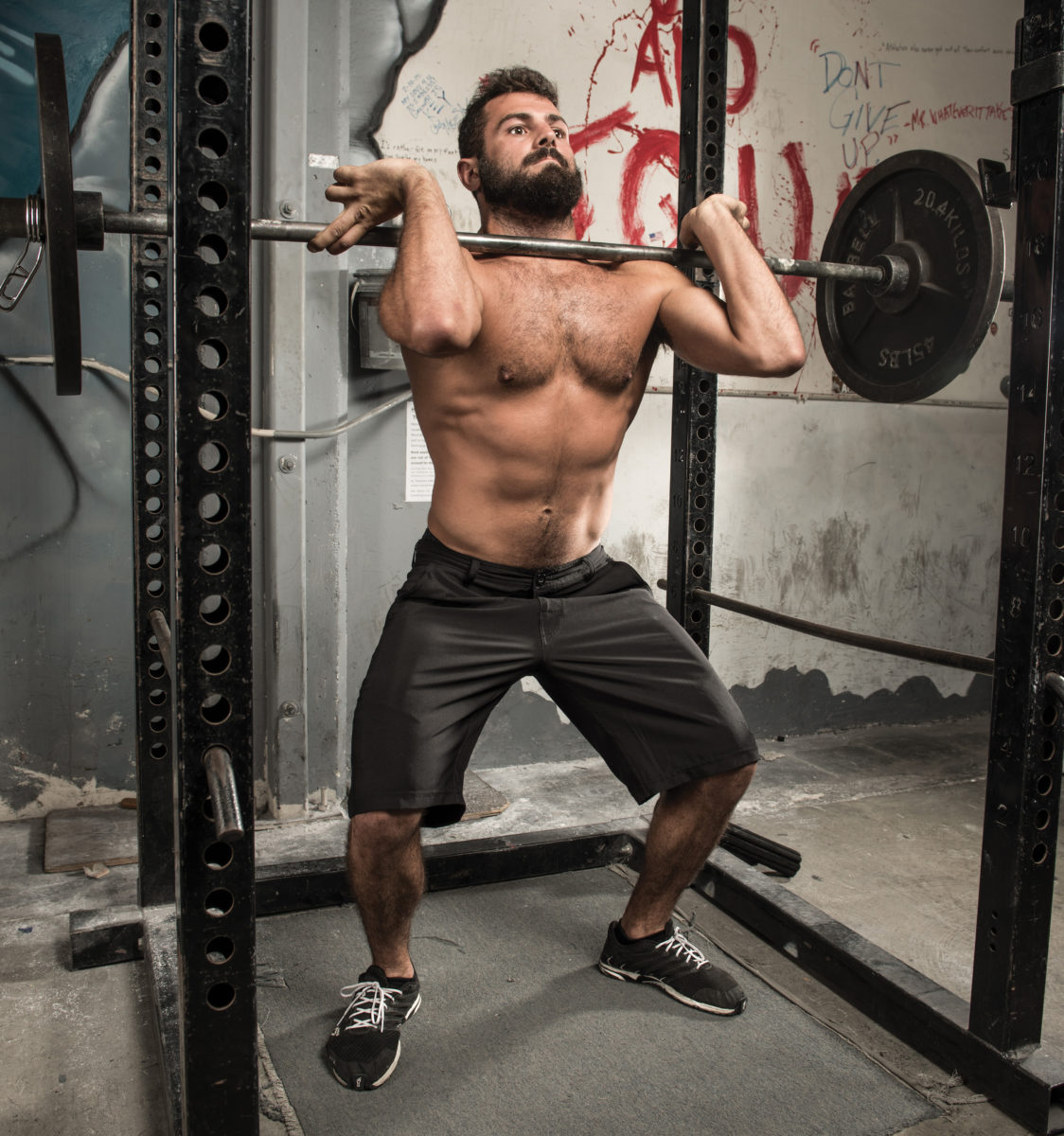
You see, there are two ways to lift weights:
1. Using your muscles to work the weights.
2. Using the weights to work your muscles.
Using your muscles to work the weights is required to add more size to your frame. Using the weights to work your muscles is required if you’re chasing pure strength.
So which one is better? That is impossible to answer. You see, there is no such thing as a “better” or “worse” exercise without context. Both front squats and back squats can make your muscles bigger and stronger if you make that the focus of the exercise. Both exercises are simply tools. Neither tool is the entire toolbox.
Generally, front squats demand less flexibility/foldability than back squats. Back squats demand more flexibility at the ankles, knees, hips, and wrists to prevent your spine from rounding and butt from “winking” in the bottom position.
Both exercises should be initiated with backward hip movement prior to knee flexion. This means the hips should begin moving before your knees. Both exercises should use a foot and toe stance that “opens up” mobility in the hip so that you can “sink into the hole” without your butt “winking,” which is a position that challenges the spine with passive tension. In short, it’s a great way to trash your spinal joints and get injured.
In both versions, the knees should be tracking outwards (knees over top of your toes), while your core stands engaged and your chest remains high and neck neutral. To maximally engage the quads on both exercises, think about “pressing your feet into the floor” on the way down so that your quads are acting like a “brake system” in a car, and then once you find your maximum depth, contract your glutes and quads, and push the floor away from you on the way up.
I recommend alternating between back squats and front squats every eight weeks, at a minimum. The front squats will “train you” to get stronger in the bottom position and comfortable with more depth, thus preparing you for heavier loads when you return to your back squats, making your entire squatting experience safer and stronger in the short term and long term. IM







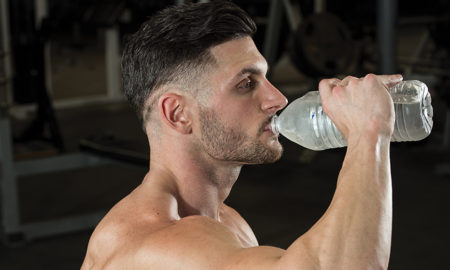





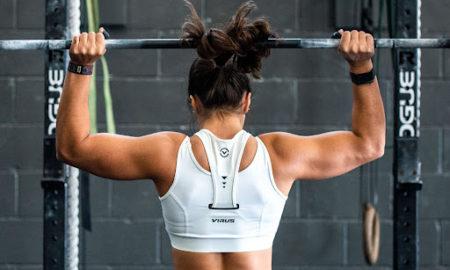

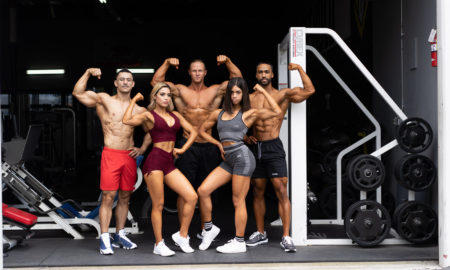
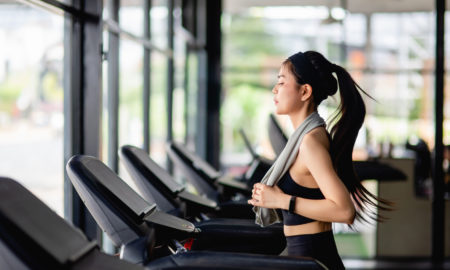

You must be logged in to post a comment Login